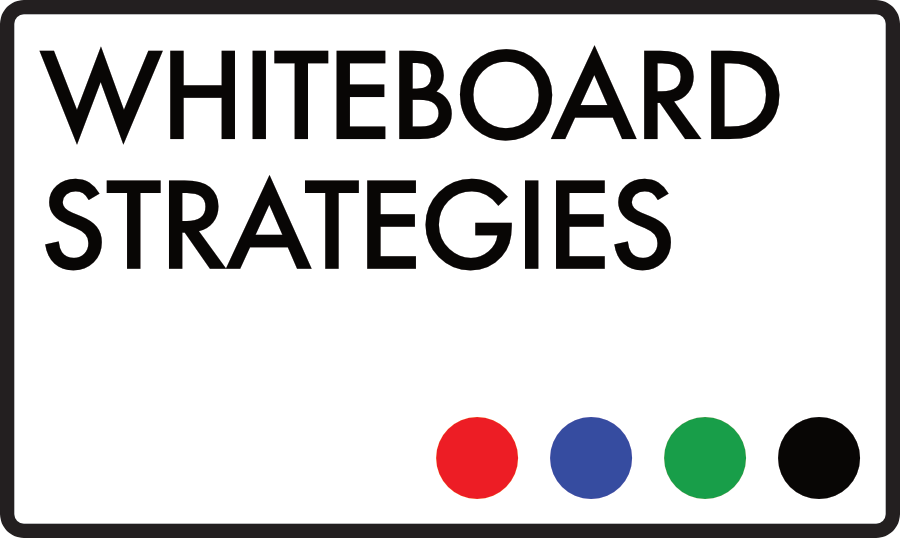“It will be mine… Oh yes, it will be mine…”
Perhaps less common than they once were thanks to the decline of the high street, window shoppers are still a familiar concept to most of us. In fact, most of us probably remember being a window shopper at some point – nose pressed up against the glass of the sweet shop as a kid, or against the glass of the Apple store as a young adult…
The difficulty for the traditional shop keeper is to get those window shoppers through the door and sell to them. It’s great to own a shop selling things that people talk about and lust after – noses pressed against the glass are flattering, certainly, but they don’t pay the bills.
Conversion is the key, for the traditional shopkeeper as well as for those of us who work in sales. It’s just as common for prospects to come ‘window shopping’ with your organisation, peering at what you’ve got for sale, maybe going away and talking about it, but never really getting a foot in the door or committing to any sort of purchase from you.
So, how do you get your window shoppers through the door? How do you sell to people who are happy just to be browsing? How do you stop them walking on to the next shop and buying from them?
There are a few ways.
The first way is the easiest, but also the solution with the least long term benefit. It’s to get transactional – sell like the traditional ‘stack ‘em high, sell ‘em cheap’ barrow boys. It’s the modern sales equivalent of stepping out of your shop, grabbing your prospect by the collar and dragging them into your shop – a “don’t just look at it, get in here and buy it!” mentality. You’ll approach your prospect directly, probably with a fistful of pricing offers to tempt them into the purchase. The sales conversation that starts with them saying “no thanks, just looking”, will quickly turn into you asking “why just look? Product X has these features, is available at this price, and is better than our competitor’s Product Y for these reasons”. It’s route 1 selling – no messing about.
It has its downfalls, though. You’ll often find yourself compromising on price to get the sale on the books quickly, and the fact that you’ve sold yourself as a transactional vendor will mean that your new customer only sees you as a transactional vendor. There will be limited scope to your long term relationship with the customer, since once you’ve locked yourself in that transactional groove it can be hard to step up to a more strategic position.
The second way of getting your window shoppers through the door takes longer and requires more investment both in terms of time and expertise, but it has far greater potential as a long term solution – talk to them. Rather than sell at them, talk to them about why they’re looking and what they’re looking for. Ask what their end goal is, what they need from a product or service to get there. Don’t push your product, make them the emphasis – “How can I make this easier for you?”, “Let me help you in your search for the right solution here”.
By positioning yourself in this consultative, more strategic position, you’re elevating yourself from the position of a transactional sales rep. Customers are looking for solutions, they’re looking to be helped – and if you’re selling yourself as someone who is willing and able to help them achieve their goals, you’ve already won half the battle.
The last way is a sort of balance of the first two. Depending on your organisation’s sales cycle, culture and quarterly numbers, you might not have time to play things too consultative and softly – but there is a sweet spot between the hard sell and the more refined, drawn out sale. Exactly where that sweet spot is will vary sale by sale, and depend as much on the buyer’s processes as yours – they might have budget they need to spend quickly, or they might not like being ‘sold’ too. Be honest, open and transparent with your new customer – talk about their needs, and be ready to move quickly if that’s what suits them.
Like so much in sales, getting your window shoppers through the door is a matter of awareness, honesty and reactivity times. Pick your sales technique to suit your organisation’s culture and strengths, but more importantly make sure it suits your buyer’s culture and processes. And be prepared to put in the hard work later on if you go for the quick sale now.

Recent Comments